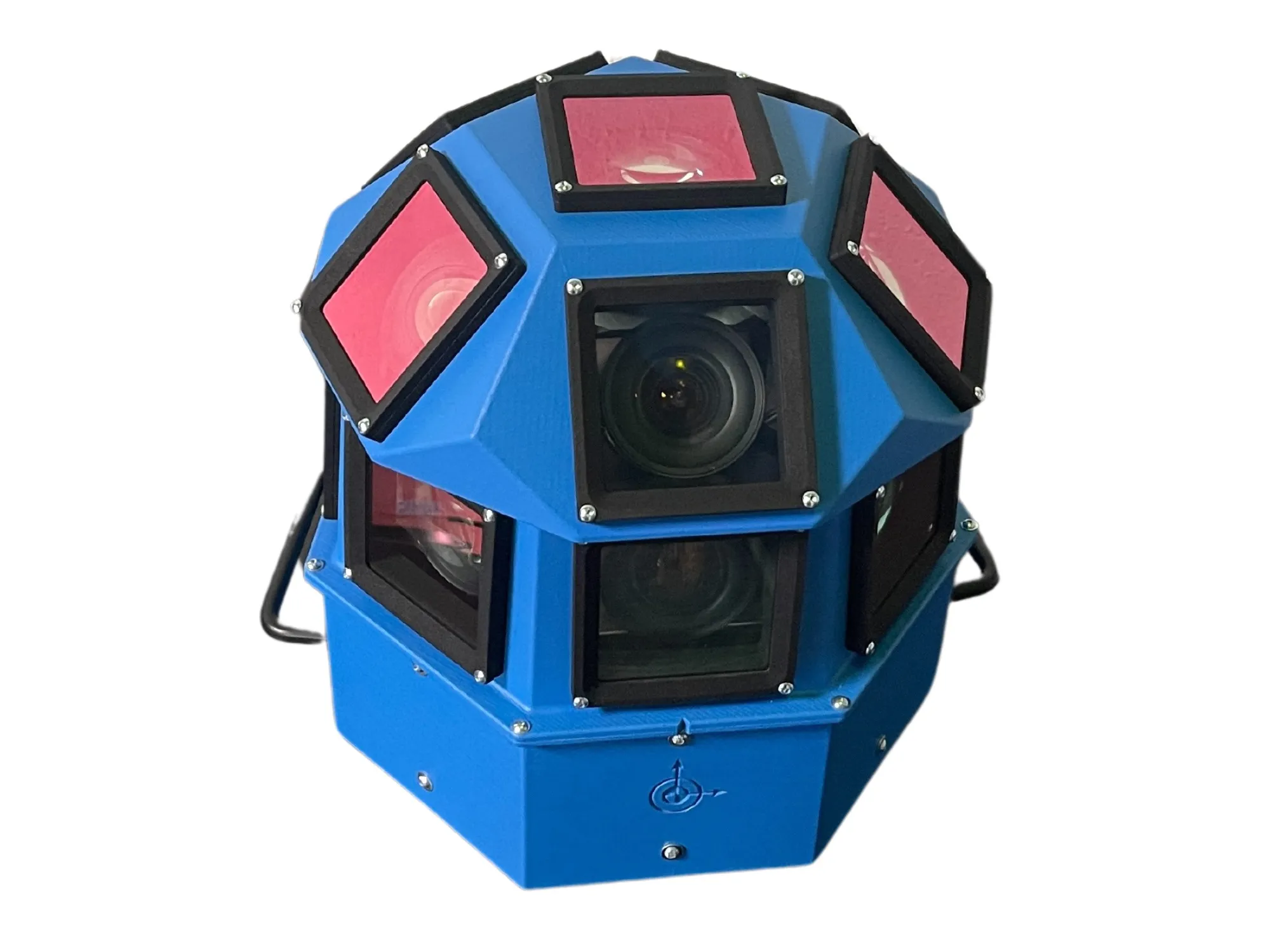The
Fugro is gathering, evaluating and assembling condition data for roadway assets across the state, including interstate, primary and secondary road sections.
Since 2005, Fugro’s automatic road analyser (ARAN) has collected VDOT’s road data on an annual cycle. The ARAN, a fully integrated data collection vehicle, is designed to collect information on everything from roughness, rutting, pavement surface condition and geometric data to forward facing high definition video images. Road distress analysis is conducted using Fugro’s Pave3D system including automated crack detection.
VDOT will leverage the continued investment for data processing and viewing by using Fugro’s Vision and iVision software. Using just a browser and an internet connection, iVision provides VDOT`s team with a convenient method to view full size images and data on all routes across their network. They can access maps for location reference and create customised charts.
Raja Shekharan, pavement management program engineer with Virginia DOT stated, “We look forward to continuing our work with Fugro over the next few years to efficiently manage Virginia’s pavement assets.”
Virginia DOT continues road management partnership with Fugro
The Virginia Department of Transportation (VDOT) has awarded Fugro Roadware a five-year contract for roadway data collection and evaluation services. Fugro is gathering, evaluating and assembling condition data for roadway assets across the state, including interstate, primary and secondary road sections.
December 23, 2015
Read time: 2 mins










